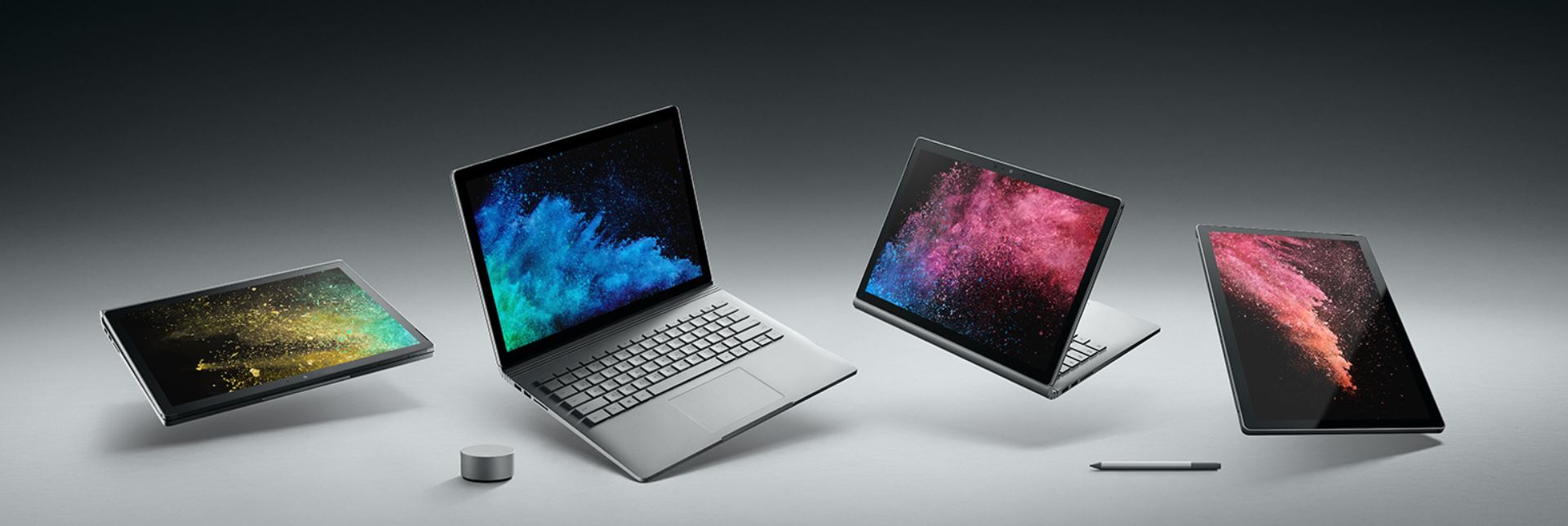 The most innovative niche in portable computing has been 2-in-1 devices and convertible laptops. Basically, we are talking about devices that run the full functionality of a laptop, but which are either a tablet-first convertible, or a 2-in-1 laptop that can be used traditionally as a laptop but can quickly convert to various modes when needed.
The most innovative niche in portable computing has been 2-in-1 devices and convertible laptops. Basically, we are talking about devices that run the full functionality of a laptop, but which are either a tablet-first convertible, or a 2-in-1 laptop that can be used traditionally as a laptop but can quickly convert to various modes when needed.
There’s tablet mode for interacting with touch and sometimes a stylus or pen. There’s presentation mode where the keyboard is flipped over to help ‘tent’ the display for presenting or interacting the screen.
Or, in the case of tablet-first devices like Microsoft’s Surface Pro, there’s a kickstand that pops out to angle the display in various ways. There’s a stand mode for watching videos or looking at photos and the most important is laptop mode.
History of 2-in-1s and convertibles
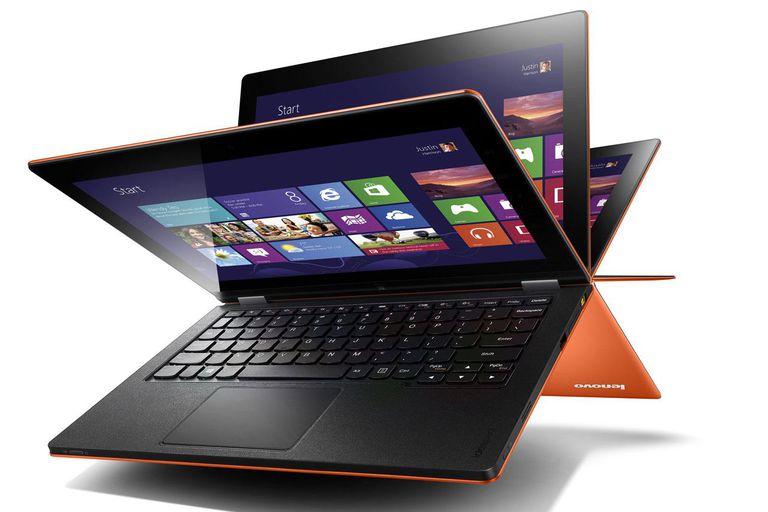 Software, namely Microsoft Windows, has dictated the development of the 2-in-1 and convertible form factors. While there were iPads and dedicated Android tablets in the market, Microsoft saw it wise to just develop Windows, so it could be both a desktop OS with a traditional mouse and keyboard and a multi-touch enabled device.
Software, namely Microsoft Windows, has dictated the development of the 2-in-1 and convertible form factors. While there were iPads and dedicated Android tablets in the market, Microsoft saw it wise to just develop Windows, so it could be both a desktop OS with a traditional mouse and keyboard and a multi-touch enabled device.
The hardware and the software struggled mightily since Windows 8. The first Surface devices were clunky and didn’t really work well as a laptop replacement, and were found to be too heavy to be tablets. Time and customer feedback fixed a lot of these problems.
Microsoft and OEM partners chipped away at this and after a few years, Windows 10 is a bona-fide multi-input system. We now have a wide array of viable 2-in-1 and convertible devices that run apps well, serve to entertain and can even play video games without missing a beat.
Today’s 2-in-1s run the gamut of Surface devices as well as sleek Ultrabooks from HP, Lenovo, Dell and others. Let’s look at the factors that buyers need to consider before choosing a new device.
Lappability
 The reason why the laptop form-factor has thrived for close to 40 years is because it just makes sense. A clamshell that opens to reveal a screen on the top and a keyboard below along with a mouse is timeless and just works.
The reason why the laptop form-factor has thrived for close to 40 years is because it just makes sense. A clamshell that opens to reveal a screen on the top and a keyboard below along with a mouse is timeless and just works.
Laptops have gotten thinner and lighter through the years, they’ve run the gamut of size from as small as 11-inches up to 18-inches or larger for some gaming portables. What they all have in common is that you can set them on your lap and work on them. While this is not the most ergonomic position, it still works for many people who work outside of office or school desks.
Convertibles and 2-in-1s that you can work with on your lap are important for students, field workers, travellers and anyone who really needs to use their computer as a laptop.
The lack of lappability (due to kickstand-type solutions) is one reason a lot of people stick to regular non-convertible notebooks. So, this is a key consideration.
Keyboard quality
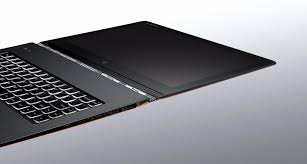
One area that is often sacrificed in the name of convertible functionality is the keyboard. Some manufacturers shrink the keyboard or make it too thin to really type on. Others prefer a removable keyboard so that tablets can work as tablets without the extra weight.
Keyboards are critical components and they need to work well and feel right. Many people have abandoned devices and platforms because of poor typing experience.
Microsoft has done something interesting with its Surface Book since the CPU is in the display, but the keyboard base has an extra long-life battery and houses the graphics processor. Depending on how much typing you plan on doing, it is imperative that you’re comfortable with the keyboard since this is the part of your convertible or 2-in-1 choice
Ports and I/O
There’s a trend in PCs right now where we’re seeing fewer ports on portables. This means PC makers are reducing the options for connectivity to keep things thinner and lighter. 2-in-1s and convertibles have seen this shrinking of ports as well.
Computer buyers need to think how they will work around this. Dongles are one solution, but they’re one more thing to carry and easy to lose. Buyers should look at their peripherals (for example the mouse and printer) and ensure that their devices can accommodate the bare minimum.
Tablet first or laptop first decisions

Tablet-first devices like the Microsoft Surface Pro and other devices with removable keyboards are ideal for consuming data and for light computing. They excel as travel computers, are generally easy to carry and can do well as a laptop replacement when used with their keyboard accessories on a desk.
Do you plan to use your PC as a tablet first, with keyboard input as a secondary option? Then a device that’s a tablet with a detachable keyboard that’s primarily designed for touch and pen input will shine.
Conversely, if you want a device to work primarily as a laptop but also want some tablet functionality a laptop first convertible, like a Lenovo Yoga or HP’s X360 line of convertibles as well as Dell’s XPS 13 and XPS 15 convertibles fit the bill perfectly.
These are devices that convert using a hinge, so you can flip the display, so it resembles a tablet but with the keyboard at the back. Convertibles are heavier than 2-in-1s and aren’t as portable but if you rarely need the touchscreen functionality in tablet mode, then the more integrated design is more desirable.
A great time for 2-in-1s and convertibles
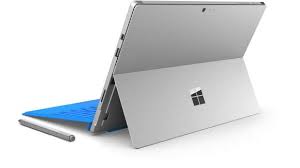
Whatever your decision, there’s no better time to consider a new 2-in-1 or convertible PC.
Windows 10 has evolved very nicely and now supports pen input for writing and creating. Windows can figure out how you are using the device and adjust accordingly, it really is an intuitive and increasingly versatile operating system.
The hardware has also evolved and there’s now a great range of devices in various price ranges. You do get what you pay for and I would personally look for more premium build, better HD displays, long battery life as well great design and materials.
Microsoft’s Surface Pro is still the gold standard for what an ideal 2-in-1 stands for. It bugs me that you still need to purchase the keyboard and Surface Pen separately since these are intrinsic to the experience, but the tight integration with Windows 10 makes it a top choice.
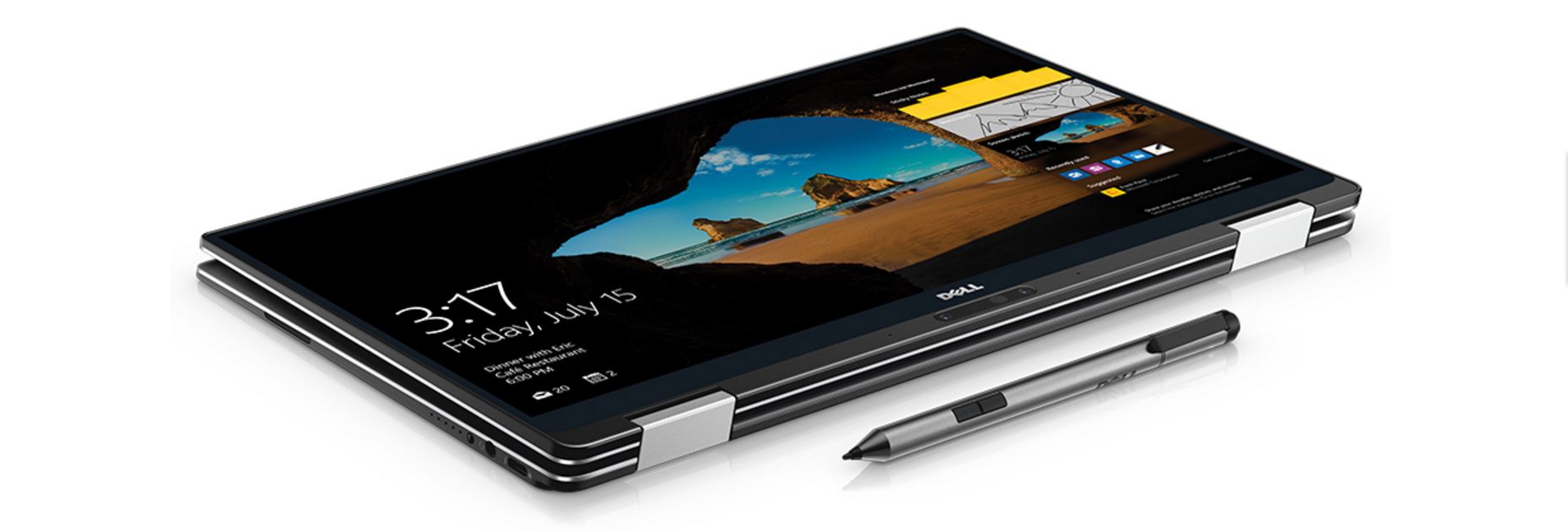
For convertibles, there’s a wider range of things to consider like screen size and keyboard performance. I like the Dell XPS line for the edge-to-edge displays and solid build. HP brings a lot to the table with its Spectre X360 as well with premium materials and features.
Hope this guide helps your search for an ideal 2-in-1 or convertible. For more ideas check out the extensive 2-in-1 section at Best Buy.




Really Helpful. Thanks for sharing such informative blog.
Comments are closed.